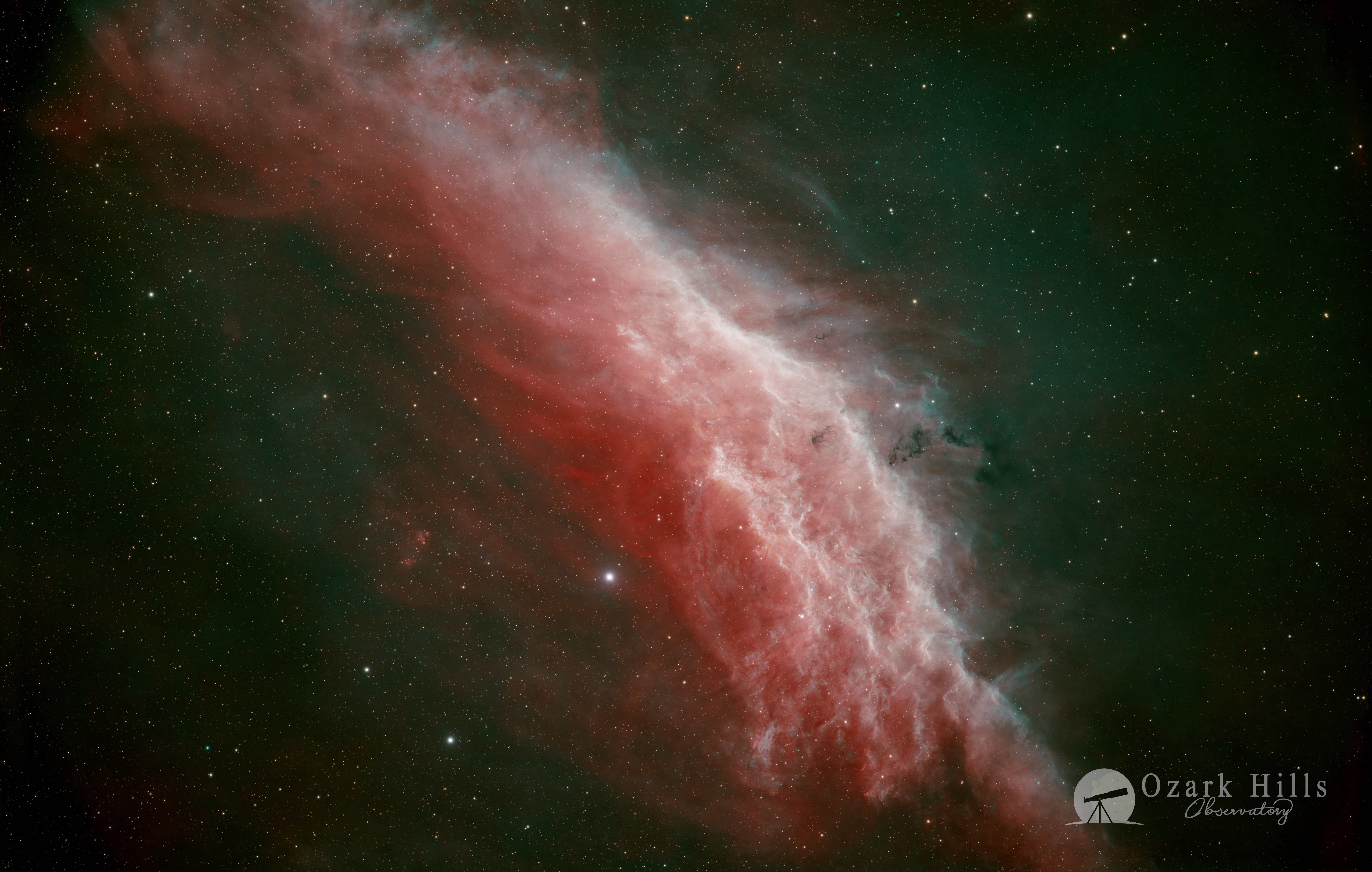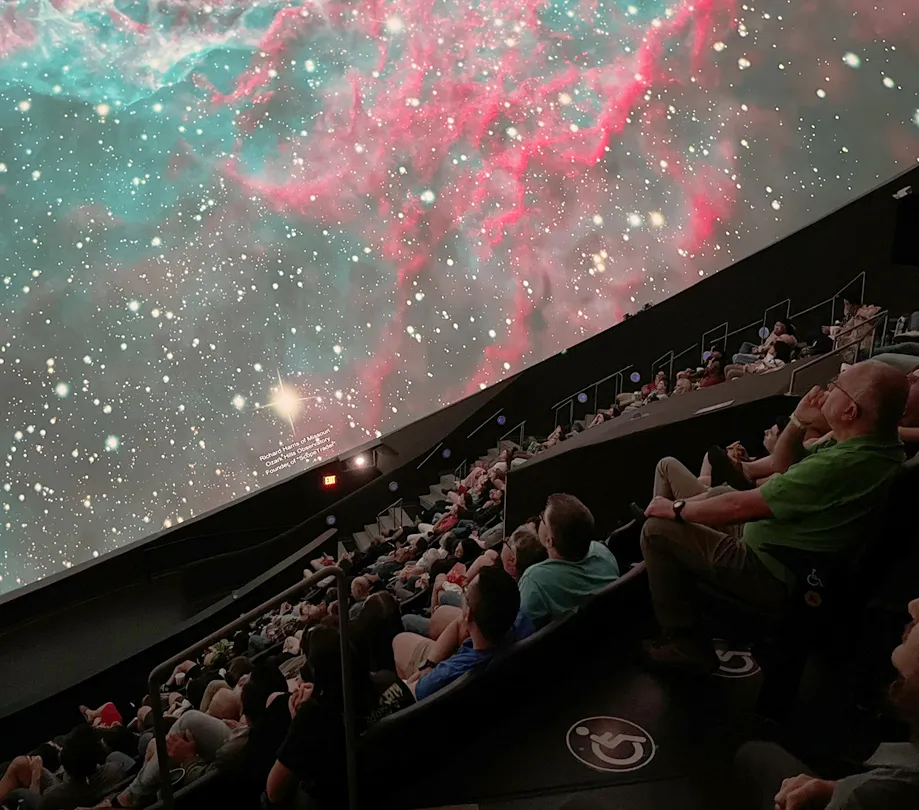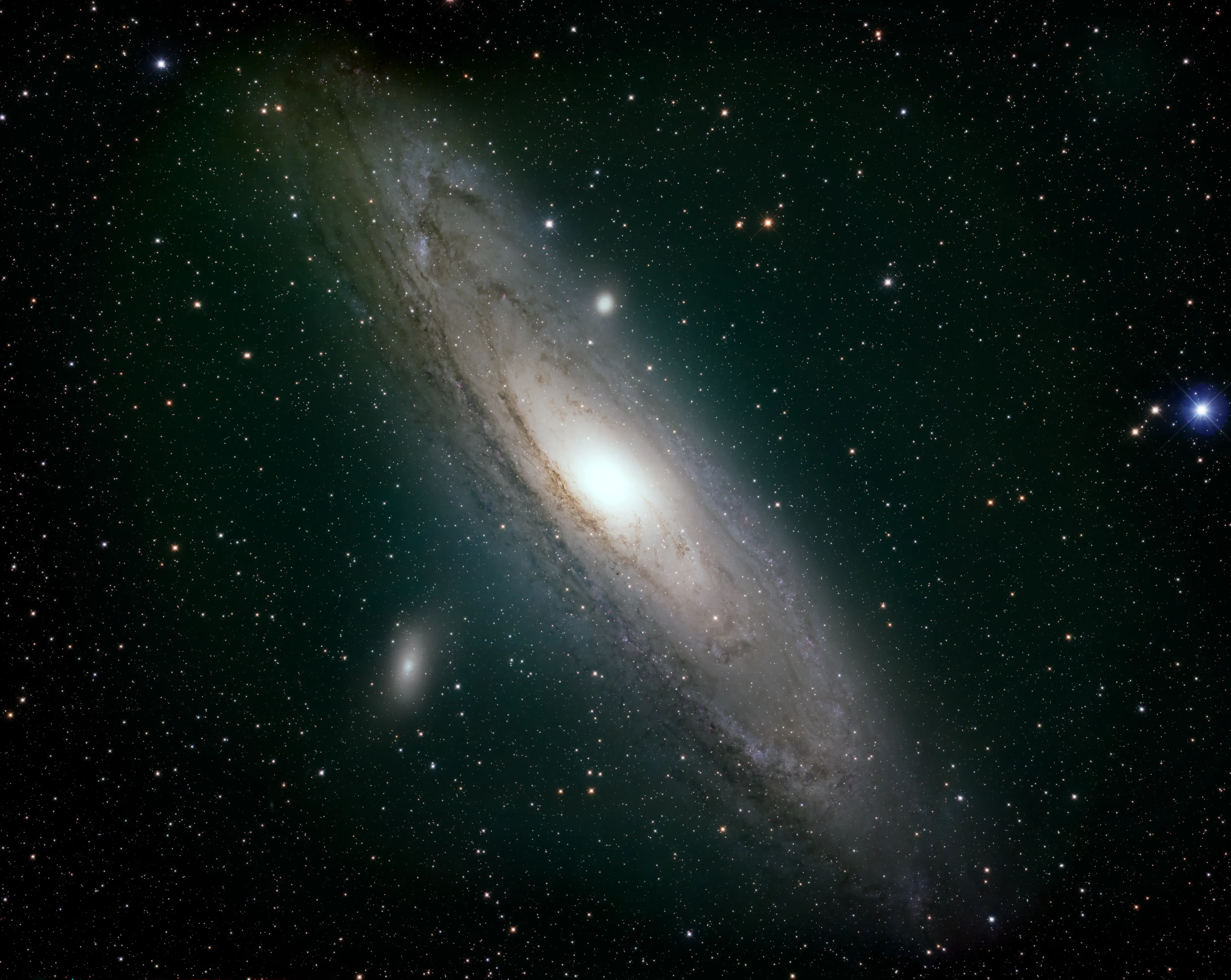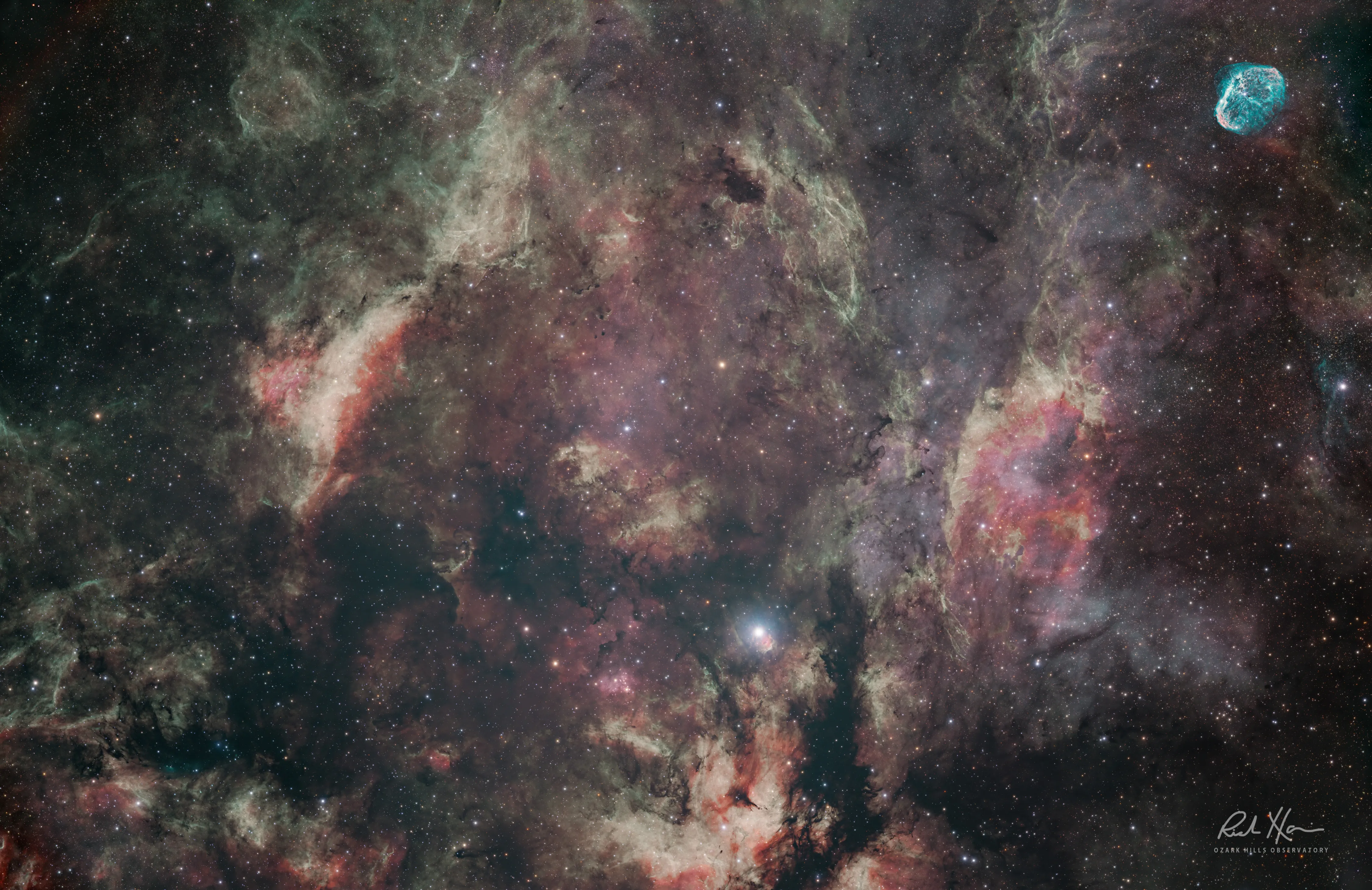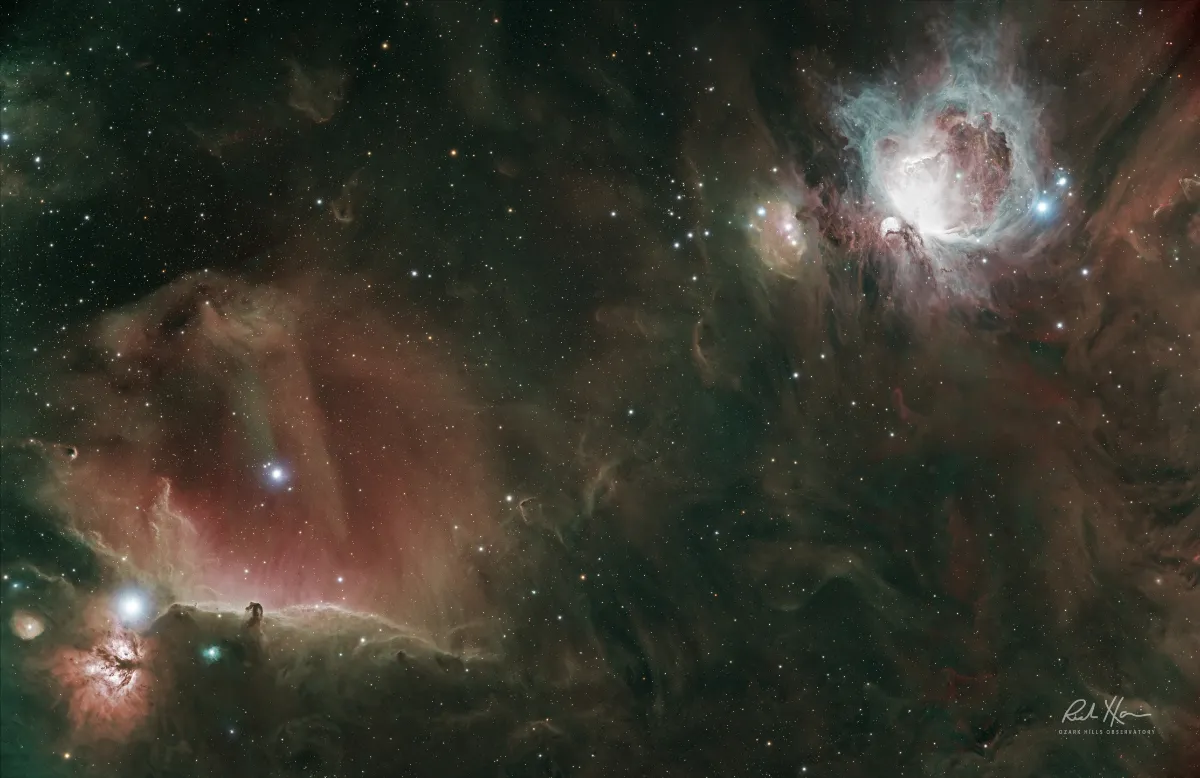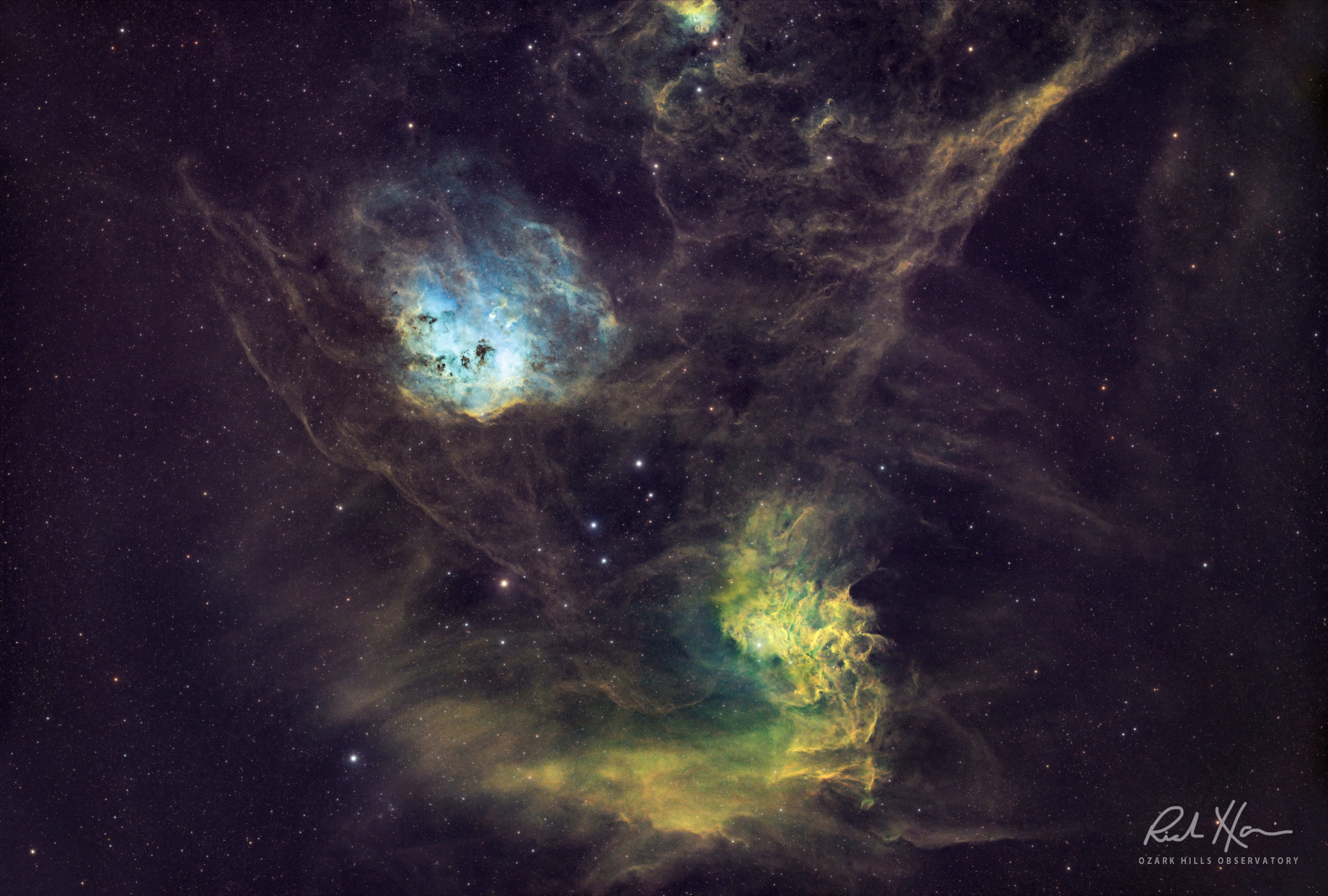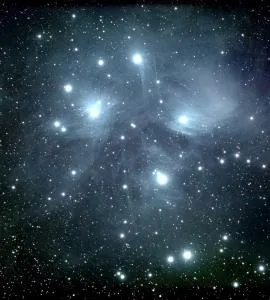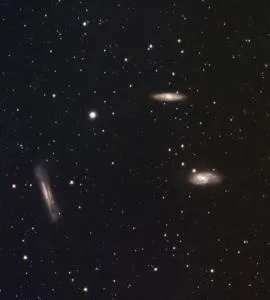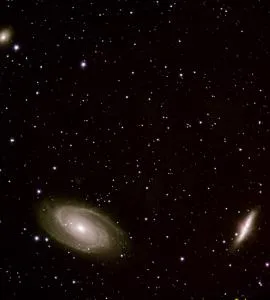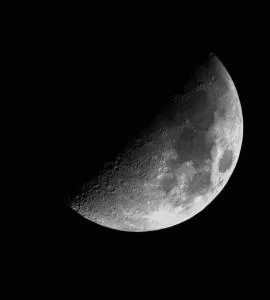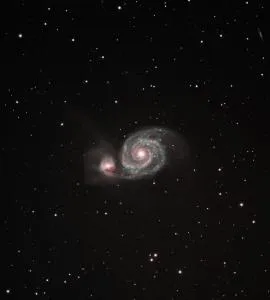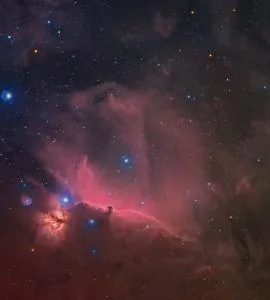Captivating Andromeda Galaxy Astrophoto in 15 minutes with the TEC 180 first light
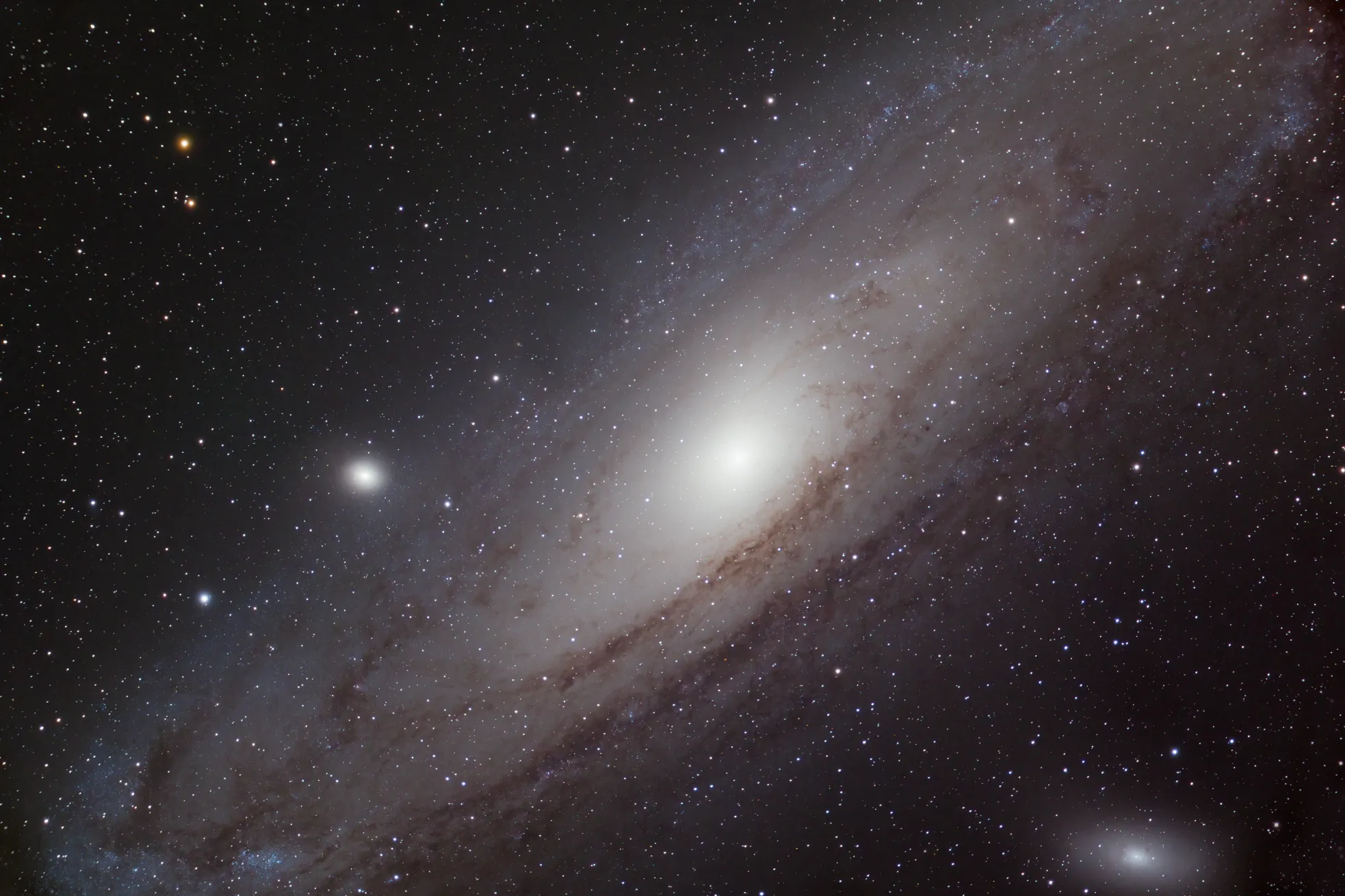
First-light with the TEC 180 FL finally, and we captured the Andromeda Galaxy's beauty in stunning detail in just 15 minutes, plus 8 other objects. Don't miss this cosmic spectacle!
I am beyond thrilled to share the story of my first night out with the legendary TEC 180 FL telescope from Telescope Engineering Company. With a waiting list that spans years, I consider myself immensely fortunate to have this remarkable instrument in my hands. Join me as we embark on a celestial adventure, where dreams of exploring the cosmos turn into reality, all thanks to the precision and optical prowess of the TEC 180 FL.
My First-Light setup with the TEC 180 FL
At the heart of my stargazing adventures is the extraordinary TEC 180 FL telescope, a true masterpiece from Telescope Engineering Company. With its 180mm aperture and remarkable optics, it promises to unveil the mysteries of the universe in breathtaking detail.
To support this celestial titan, I've partnered it with the RST-300 mount, a sturdy and reliable companion that ensures pinpoint accuracy in tracking and imaging. The Baader finder adds an extra layer of precision, guiding me to my celestial targets with ease.
But what ties this entire setup together is the ASI (Astronomy Software Interface) that serves as the maestro, orchestrating the intricate dance of stars and galaxies. With its control, I can fine-tune every aspect of the rig, from focusing to image capture, unlocking the full potential of this celestial ensemble.
Together, this combination of the TEC 180 FL telescope, RST-300 mount, Baader finder, and ASI forms a harmonious symphony, allowing me to explore the cosmos with unrivaled clarity and precision. Each component plays its unique role, working in unison to create a portal to the wonders of the universe.
Is the TEC 180fl any good?
After spending approximately 12 hours with the TEC 180FL telescope (also called the APO180FL F/7), I am compelled to share my initial impressions, although a more detailed and comprehensive review will follow in the future.
In my three decades as a dedicated astrophotographer, I have had the privilege of using a wide range of telescopes, but the quality of the optics in the TEC 180FL stands out like no other. It's a true testament to the craftsmanship and engineering prowess of Telescope Engineering Company.
Right from the first light, the level of detail and clarity I witnessed left me in awe. The contrast and sharpness of celestial objects were unlike anything I've experienced before. Whether I was observing planets, lunar features, or deep-sky wonders, the TEC 180FL consistently delivered breathtaking views.
The build quality of the telescope also deserves praise. It feels robust and well-constructed, instilling confidence in its long-term performance. The attention to detail in the design and mechanics is evident.
While these are just my initial impressions, I look forward to thoroughly documenting my experiences with the TEC 180FL in a more formal and extensive review in the near future. For now, I can confidently say that this telescope has already left an indelible mark on my astrophotography journey, and I can't wait to explore the cosmos further with it.
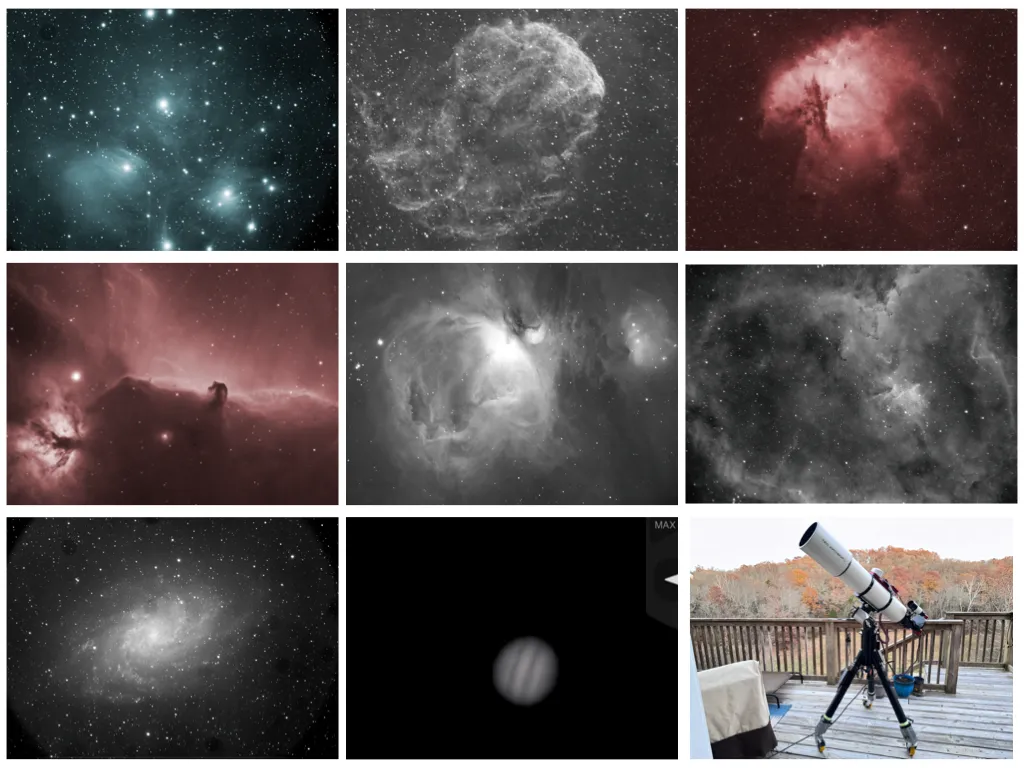
After a quick polar alignment using the ASI Air’s PA and an autofocus routine, it was time to get busy stretching the legs of the TEC.
I have a wide-field view from North to South of the entire Eastern sky. I hopped around for about an hour, going to Pleadies, Jellyfish, Pacman, Horsehead/Flame, Orion, Heart, M33, and even Jupiter (all below).
Each of the photos below is only 5 minutes (300 seconds) in length for acquisition. I did add some false color to the Pleiades, Pacman, and Horsehead just for fun!
But I was, and still am, utterly amazed by the results of one night out. The one shot that really astounded me, was M31, the Andromeda Galaxy.
Andromeda in 15 minute astrophoto details
Telescope: TEC 180 FL F/7
Mount: RST-300
Camera: ZWO 6200MM, Temp= -20, Gain= 100 / ZWO filters
Guider: ZWO ASI 120 mini as the guide camera, Baader Vario 10X60 Guide Scope
Controller: ASI Air
Acquisition:
5 minutes each of RGB. 15 minutes total time
Darks/Flats/Bias: (None)
Luminance: (None)
Processing: Pixinsight, Photoshop
Location: Missouri
Bortle: 4
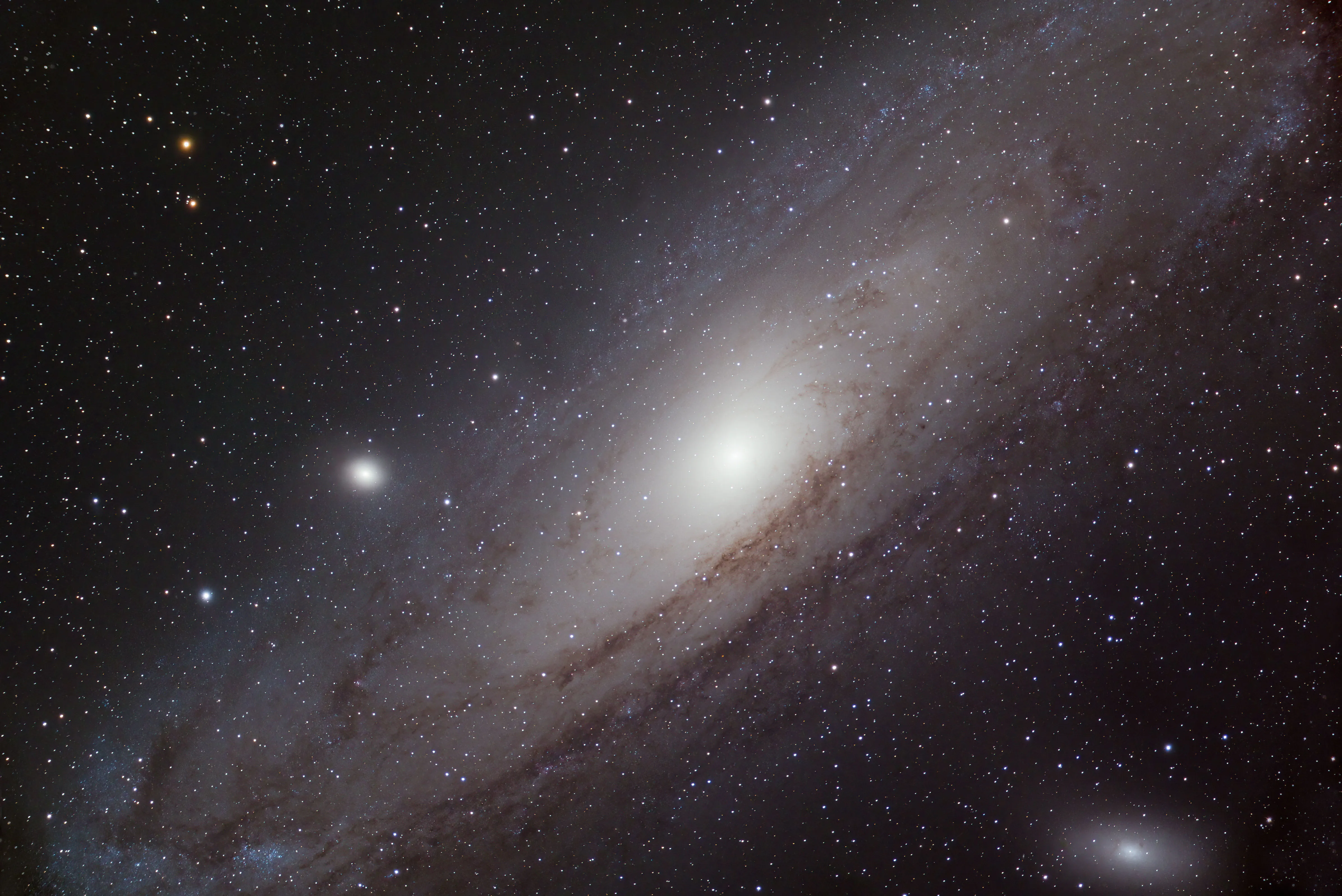
About the Author
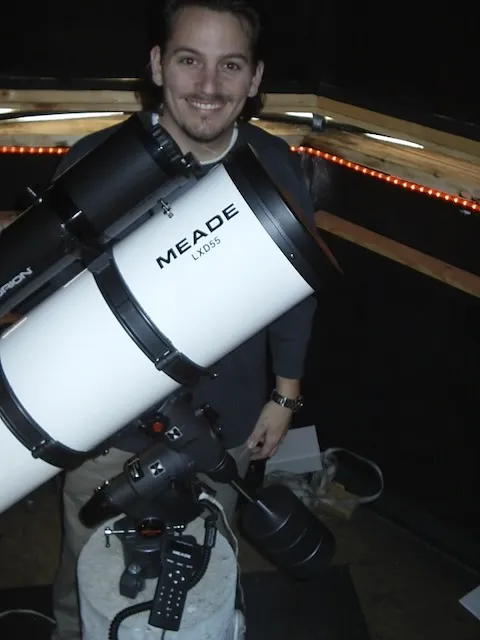
Meet Richard Harris. He is the founder and editor-in-chief of ScopeTrader, with over 30 years of experience in observational astronomy and astrophotography. He serves as the director of the Ozark Hills Observatory, where his research and imagery have been featured in scientific textbooks, academic publications, and educational media. Among his theoretical contributions is a cosmological proposition known as The Harris Paradox, which explores deep-field observational symmetry and time-invariant structures in cosmic evolution. A committed citizen scientist, Harris is actively involved with the Springfield Astronomical Society, the Amateur Astronomers Association, the Astronomical League, and the International Dark-Sky Association. He is a strong advocate for reducing light pollution and enhancing public understanding of the cosmos. In 2001, Harris developed the German Equatorial HyperTune—a precision mechanical enhancement for equatorial telescope mounts that has since become a global standard among amateur and professional astronomers seeking improved tracking and imaging performance. Beyond the observatory, Harris is a serial entrepreneur and founder of several technology ventures, including Moonbeam® (a software company), App Developer Magazine (a leading industry publication for software developers), Chirp GPS (a widely used mobile tracking application), MarketByte, and other startups spanning software, mobile, and cloud-based technologies. Driven by both scientific curiosity and creative innovation, Harris continues to blend the frontiers of astronomy and technology, inspiring others to explore the universe and rethink the possibilities within it. When he's not taking photos of our universe, you can find him with family, playing guitar, or traveling.
